A trapped ytterbium ion can be used to model complex changes in the energy levels of organic molecules interacting with light.
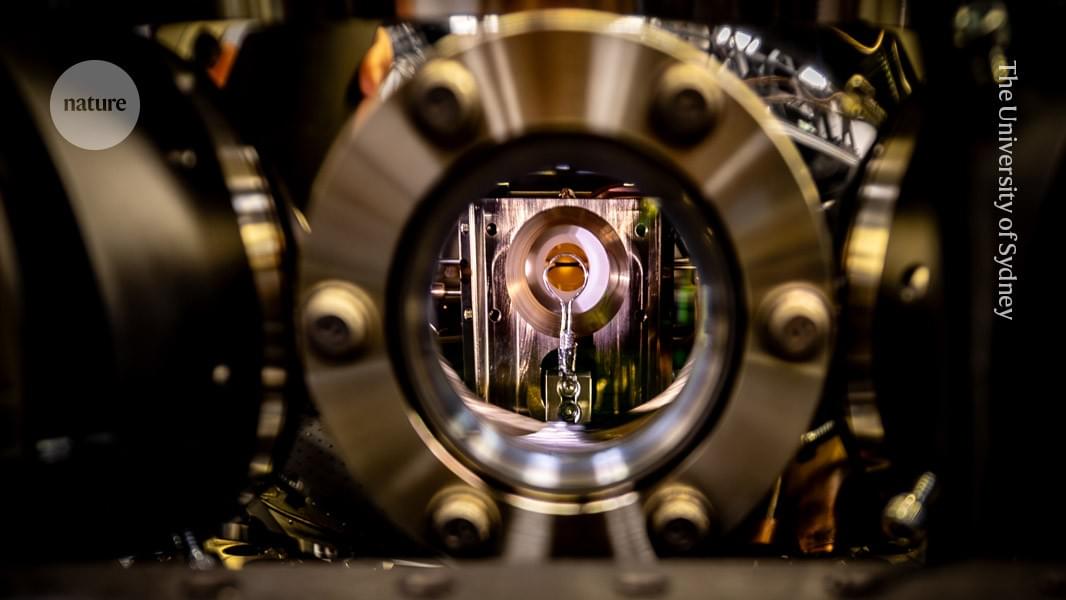

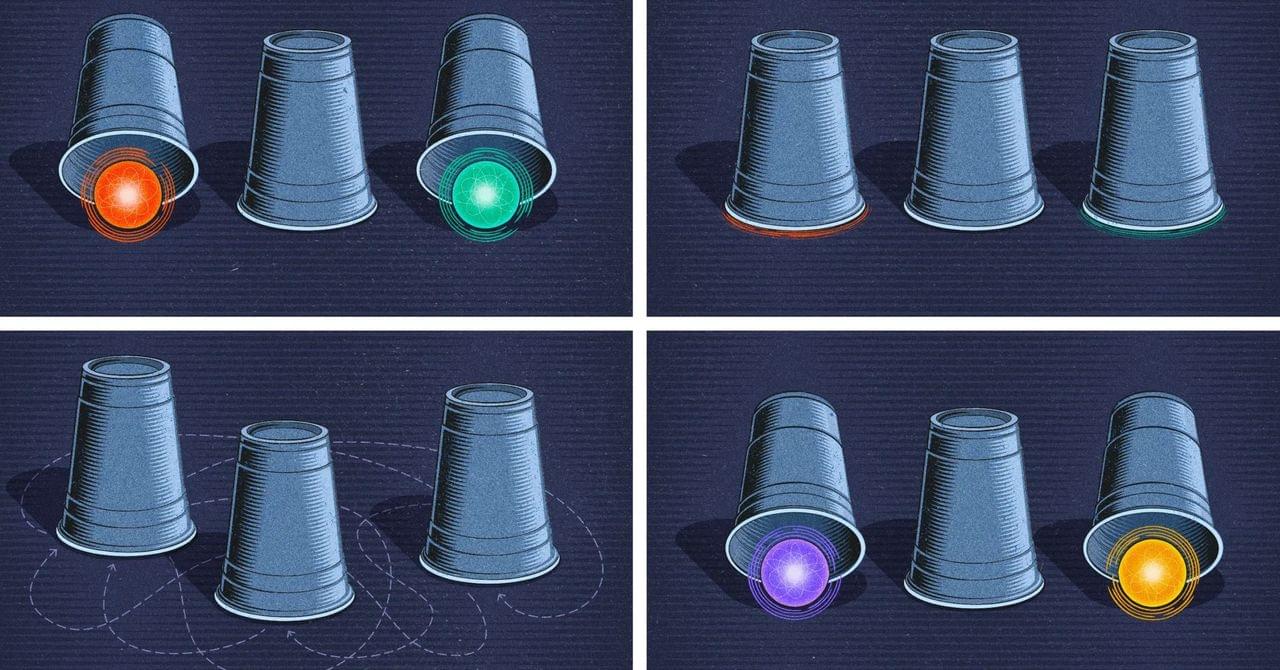
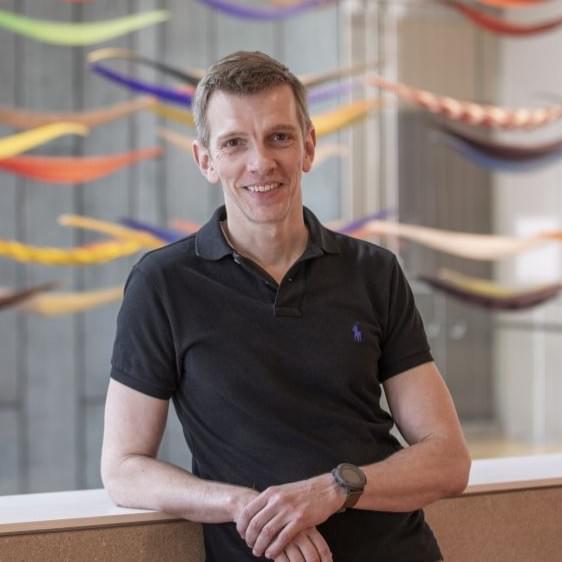
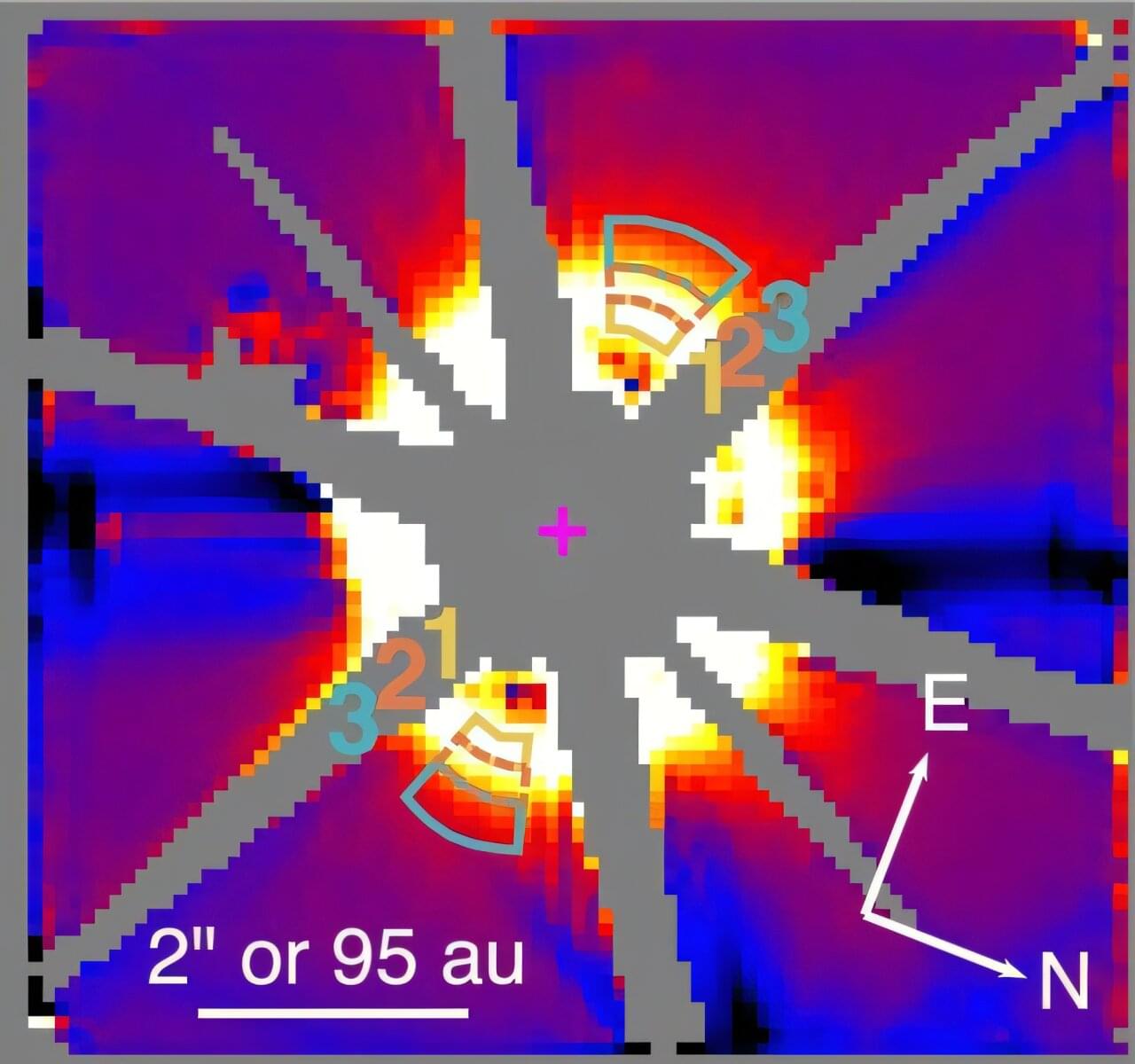
Using the James Webb Space Telescope (JWST), astronomers from Johns Hopkins University (JHU) and elsewhere have detected water ice in a debris disk around HD 181327—a young star located within 160 light years away from the Earth. The finding was reported in a paper published May 14 in the journal Nature.
Debris disks are collections of small bodies around stars, including asteroids, Kuiper belt objects, comets, and also micron-sized debris dust. Observations of debris disks could help us better understand the evolution of planetary systems, the composition of dust, comets, and planetesimals outside our solar system.
Given that water plays a key role in the formation of planets and minor bodies, astronomers look for its presence also in debris disks. However, although water ice has been commonly detected in Kuiper belt objects and comets in the solar system, no definitive evidence for water ice in extrasolar debris disks has been found to date.

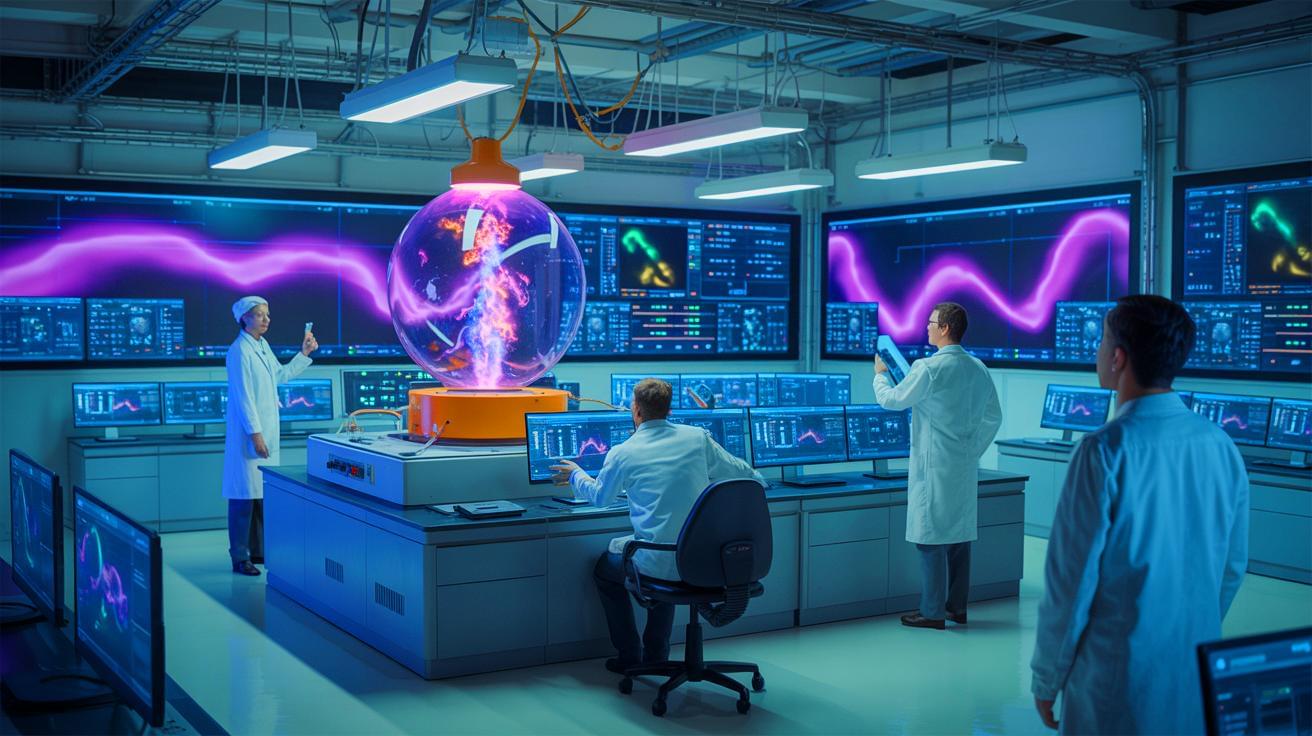
IN A NUTSHELL 🔬 PPPL’s new simulation method revolutionizes fusion research and chip manufacturing by accurately modeling plasma behaviors. 💻 The development addresses significant computational challenges, enhancing stability and efficiency in plasma simulations. ⚡ Improved simulations allow for precise conservation of energy, ensuring results reflect real-world physical processes. 🚀 Future applications include advancements in fusion

IN A NUTSHELL 🔋 Revolutionary water-based flow battery offers safer, more affordable, and efficient energy storage for households. ⚡ Developed by researchers at Monash University, the battery features a new membrane that enhances speed and scalability. 🔍 The design improves ion selectivity, allowing fast and stable operation, outperforming industry-standard membranes. 🌿 Non-toxic and non-flammable, the

Quasars represent some of the most luminous and energetic phenomena in the universe. These distant powerhouses are driven by supermassive black holes—colossal gravitational engines with masses millions to billions of times that of our sun—which actively devour surrounding matter at incredible rates.
As gas, dust, and stellar material spiral inward through an accretion disk superheated to millions of degrees, this matter releases tremendous energy across the electromagnetic spectrum before crossing the event horizon. The resulting emissions can outshine entire galaxies despite originating from a region no larger than our solar system.
The discovery of billion-solar-mass black holes in distant quasars challenges conventional growth models in astrophysics. Scientists have observed these supermassive black holes (SMBHs) at redshifts beyond z≳6, when the universe was less than a billion years old—theoretically insufficient time for them to reach such enormous masses through standard Eddington-limited accretion from stellar-mass seeds.
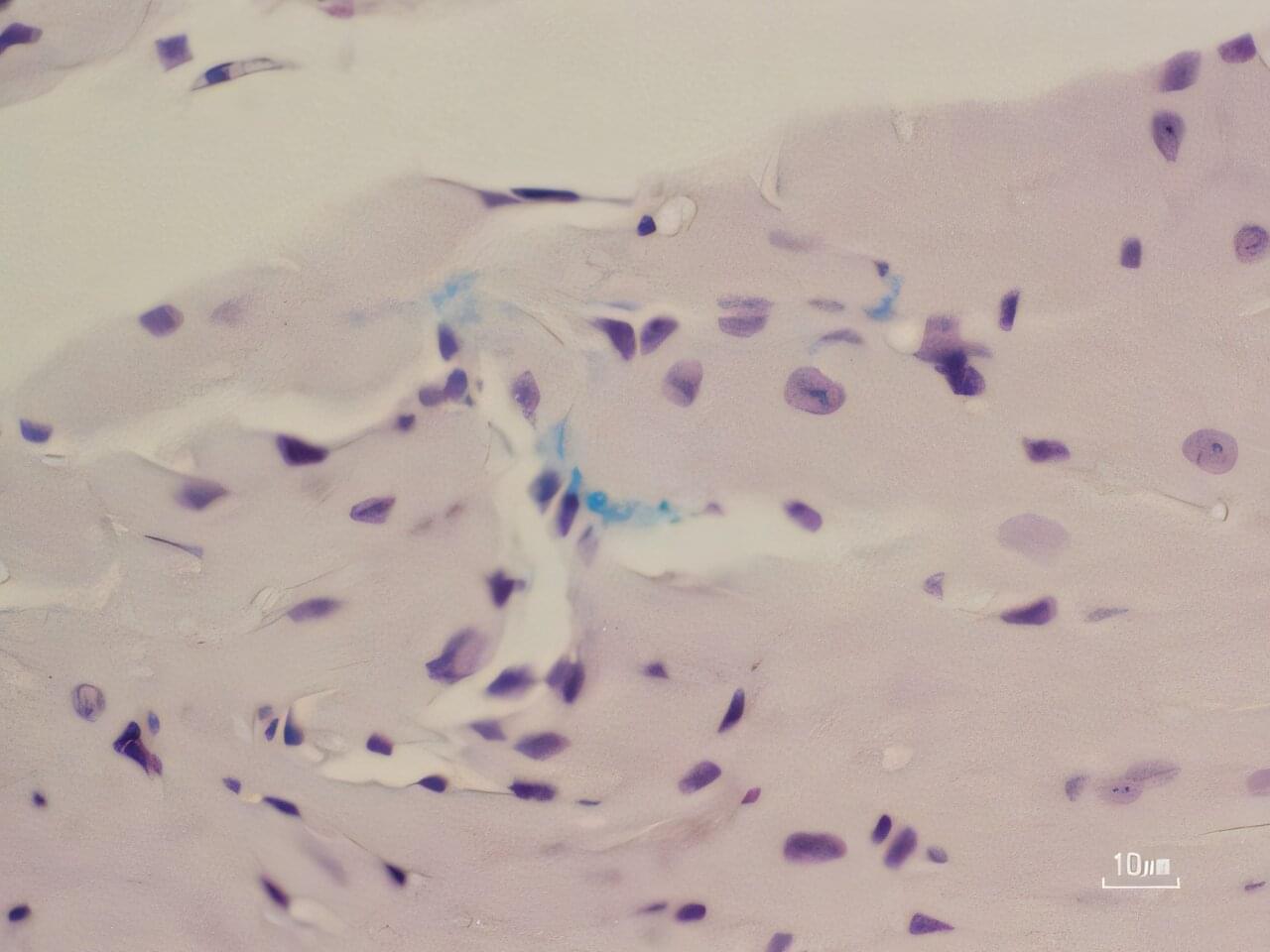
Tempted to skip the floss? Your heart might thank you if you don’t. A new study from Hiroshima University (HU) finds that the gum disease bacterium Porphyromonas gingivalis (P. gingivalis) can slip into the bloodstream and infiltrate the heart. There, it quietly drives scar tissue buildup—known as fibrosis—distorting the heart’s architecture, interfering with electrical signals, and raising the risk of atrial fibrillation (AFib).
Clinicians have long noticed that people with periodontitis, a common form of gum disease, seem more prone to cardiovascular problems. One recent meta-analysis has linked it to a 30% higher risk of developing AFib, a potentially serious heart rhythm disorder that can lead to stroke, heart failure, and other life-threatening complications.
Globally, AFib cases have nearly doubled in under a decade, rising from 33.5 million in 2010 to roughly 60 million by 2019. Now, scientific curiosity is mounting about how gum disease might be contributing to that surge.

The boundaries of computing are shifting as biology fuses with technology. At the center of this new frontier is an emerging concept: a liquid computer powered by DNA. With the ability to support more than 100 billion unique circuits, this system could soon transform how we detect and diagnose disease.
While DNA is best known for encoding life, researchers are now exploring its potential as a computing tool. A team led by Dr. Fei Wang at Shanghai Jiao Tong University believes DNA can do much more than carry genetic instructions.
Their study, recently published in Nature, reveals how DNA molecules could become the core components of new computing systems. Rather than just holding genetic data, DNA could behave like wires, instructions, or even electrons inside biological circuits.